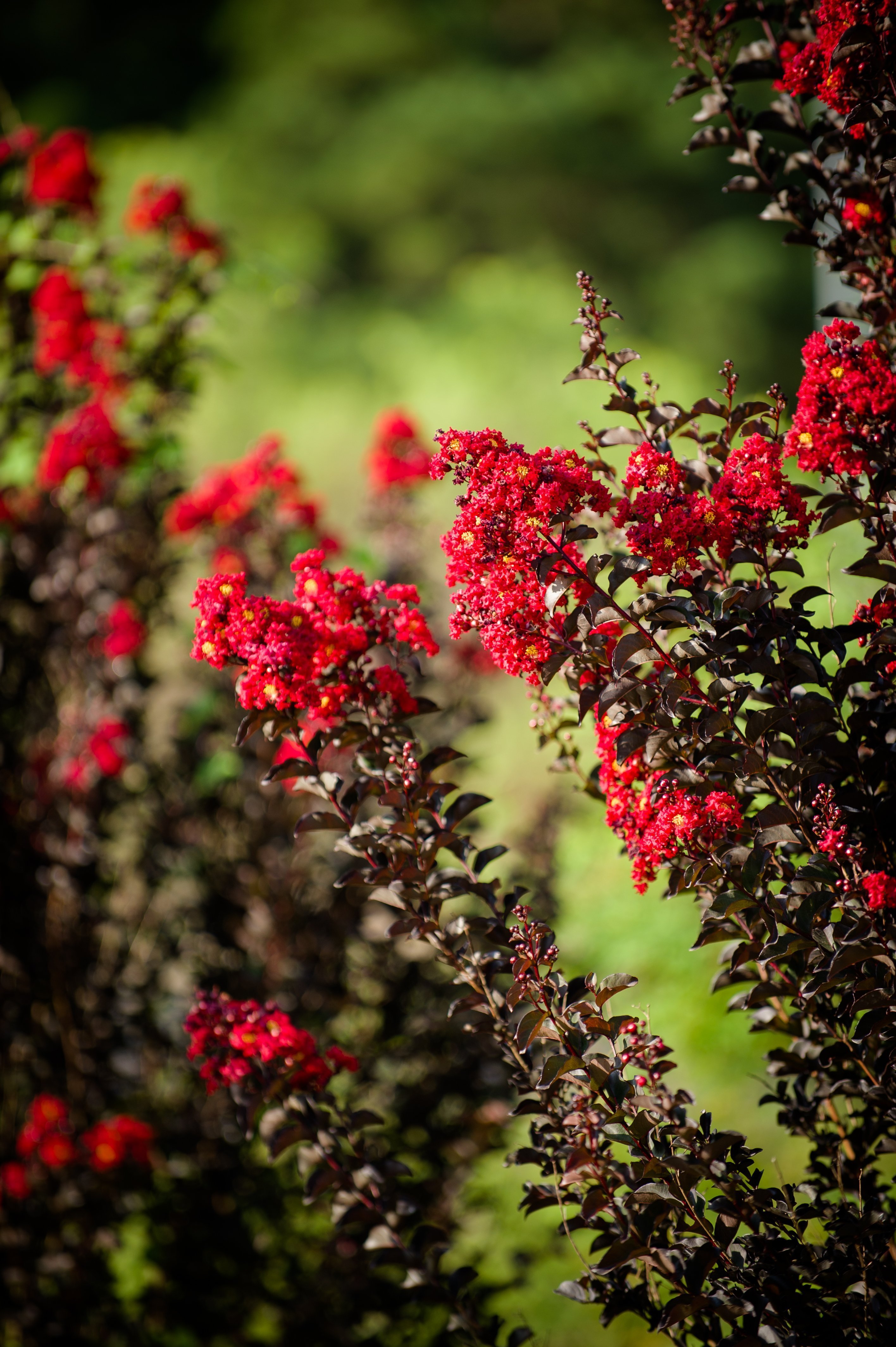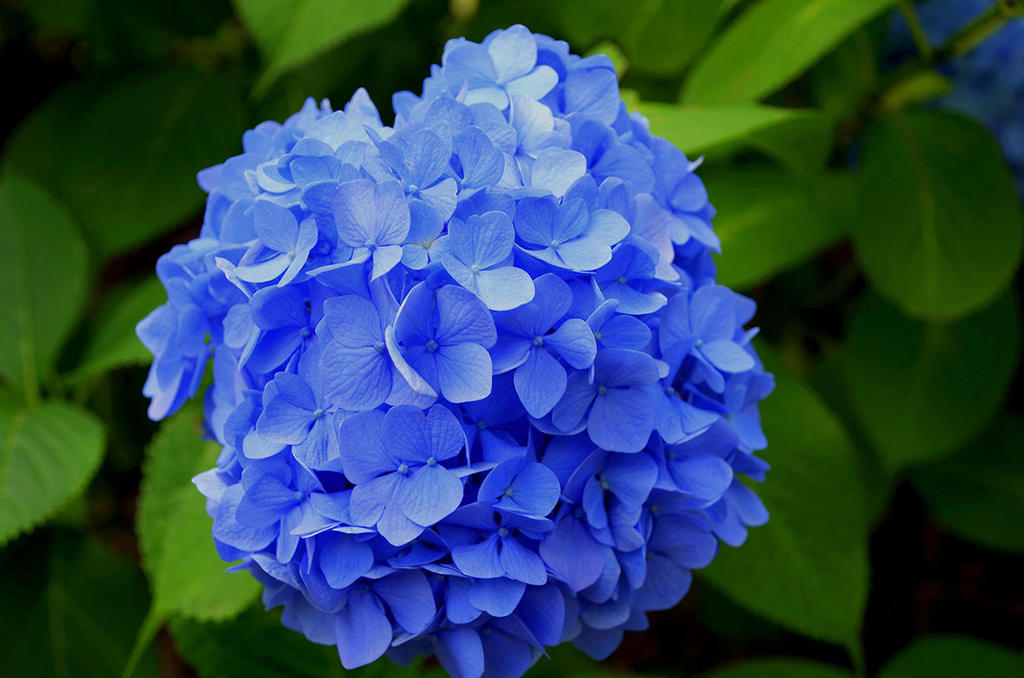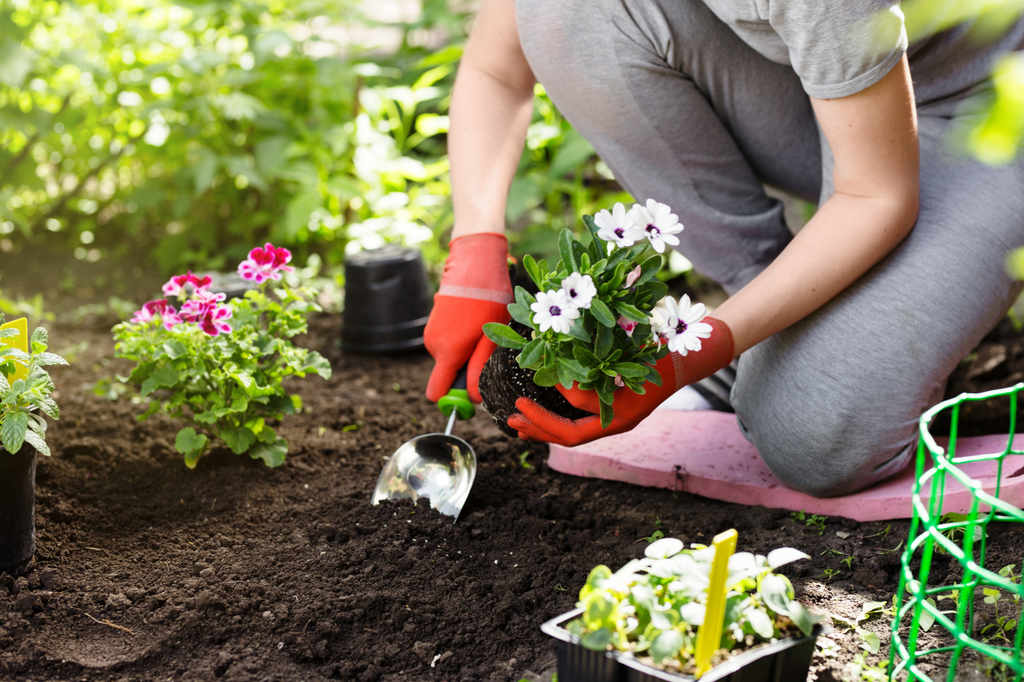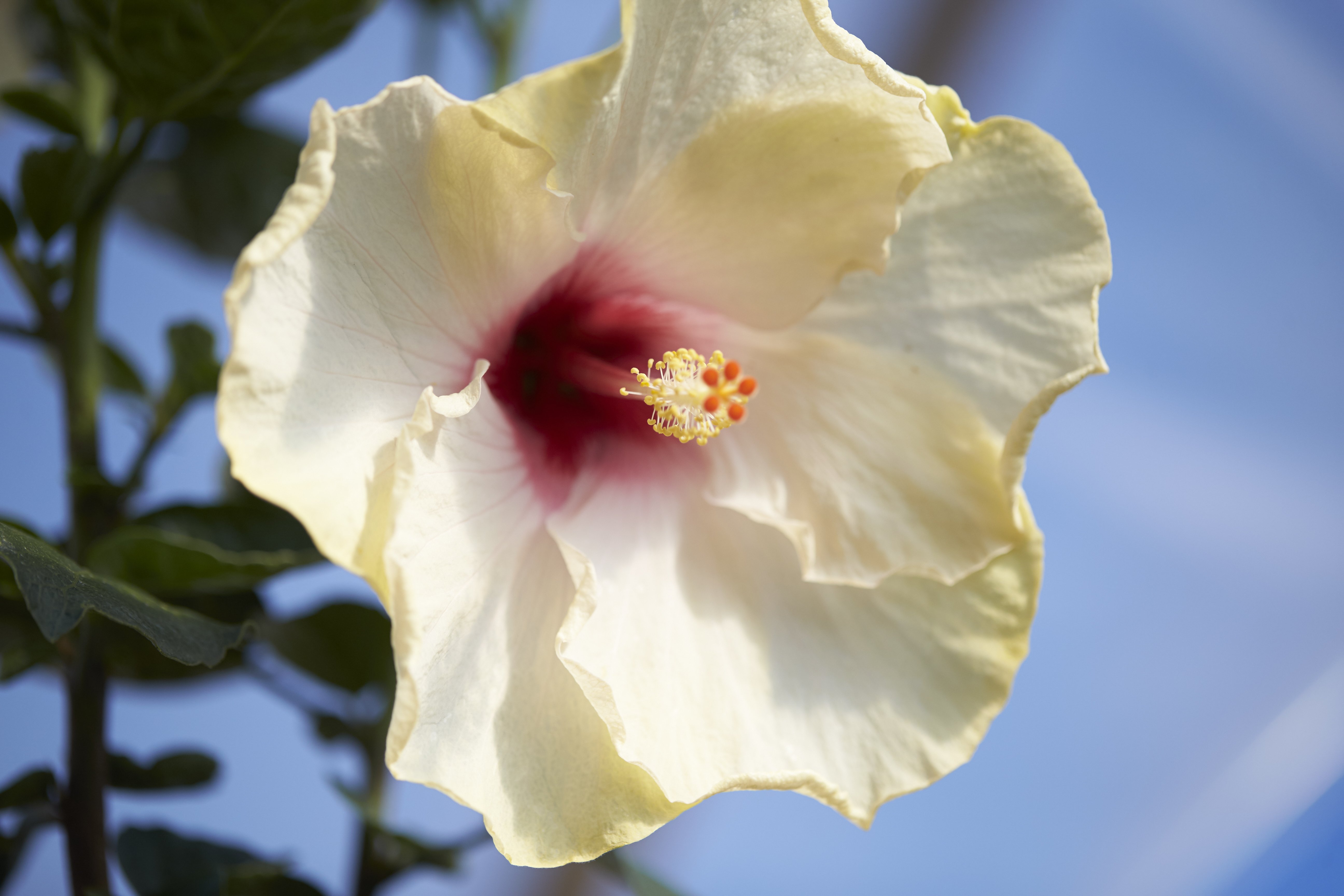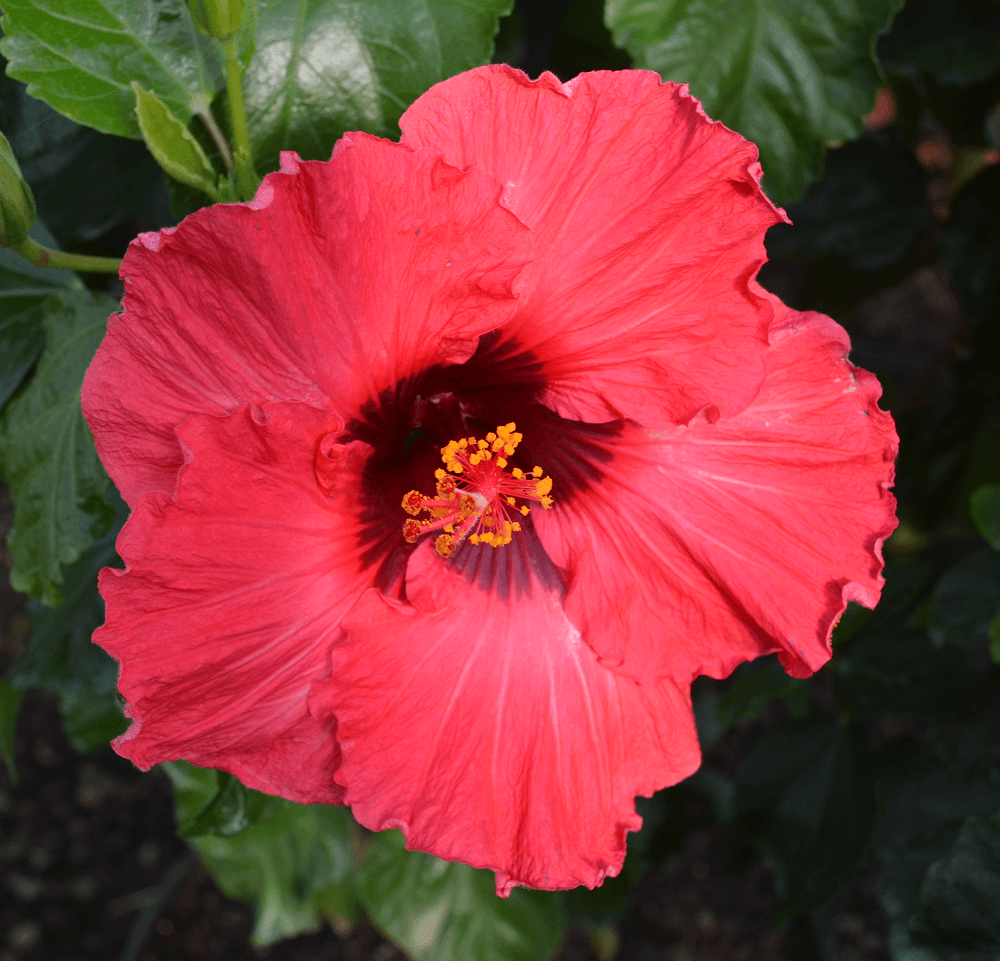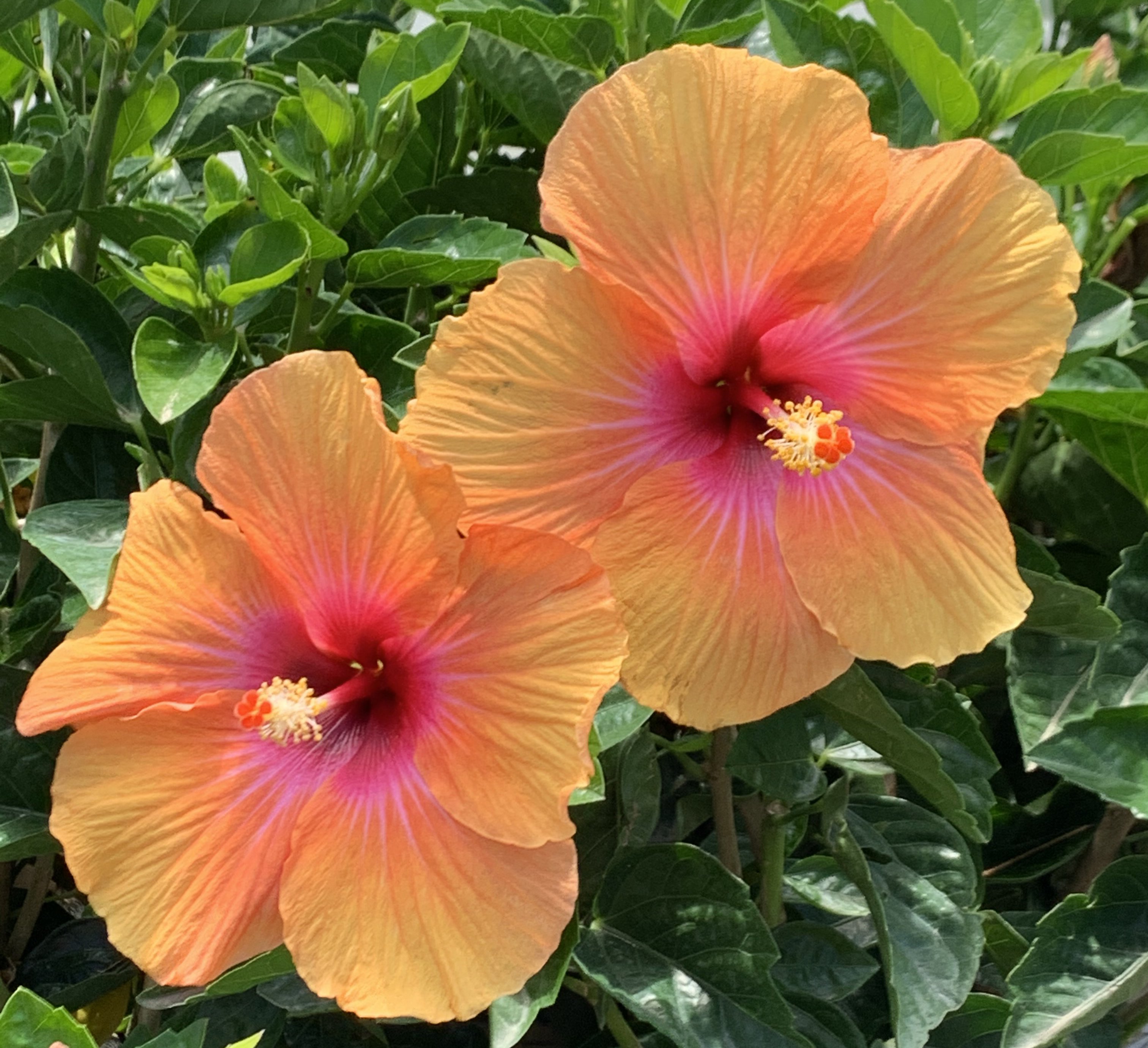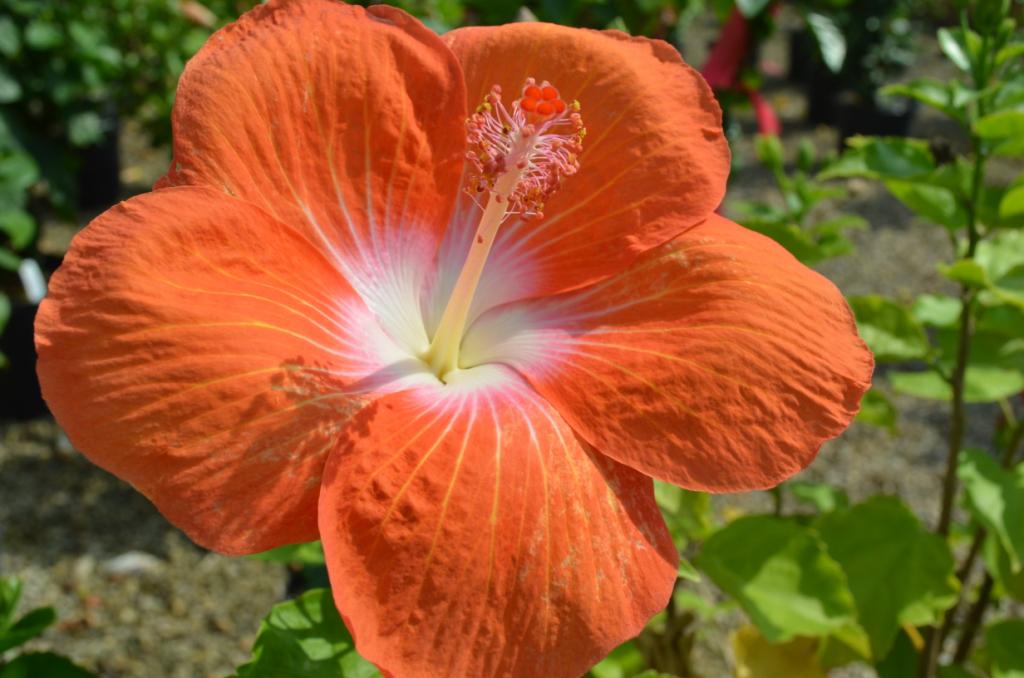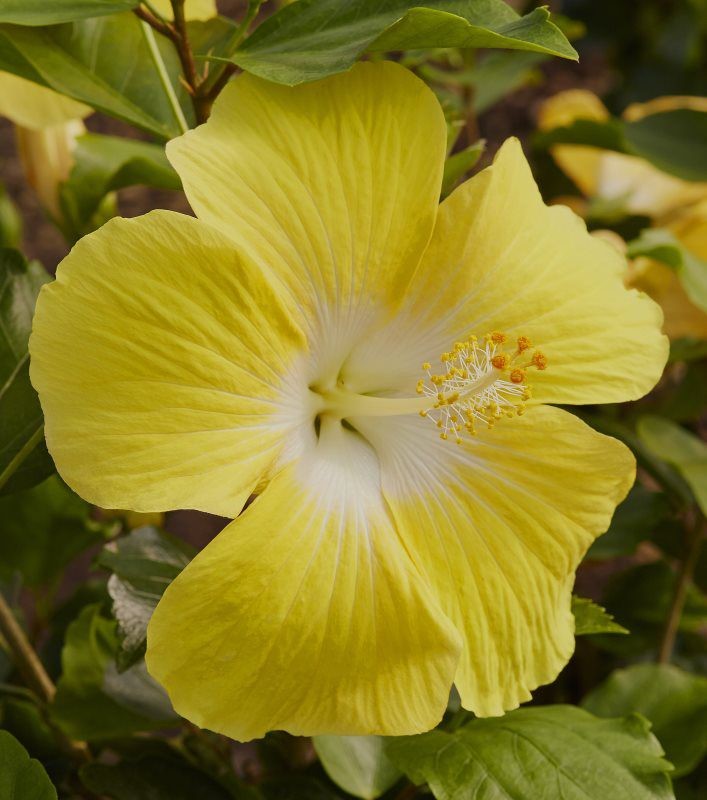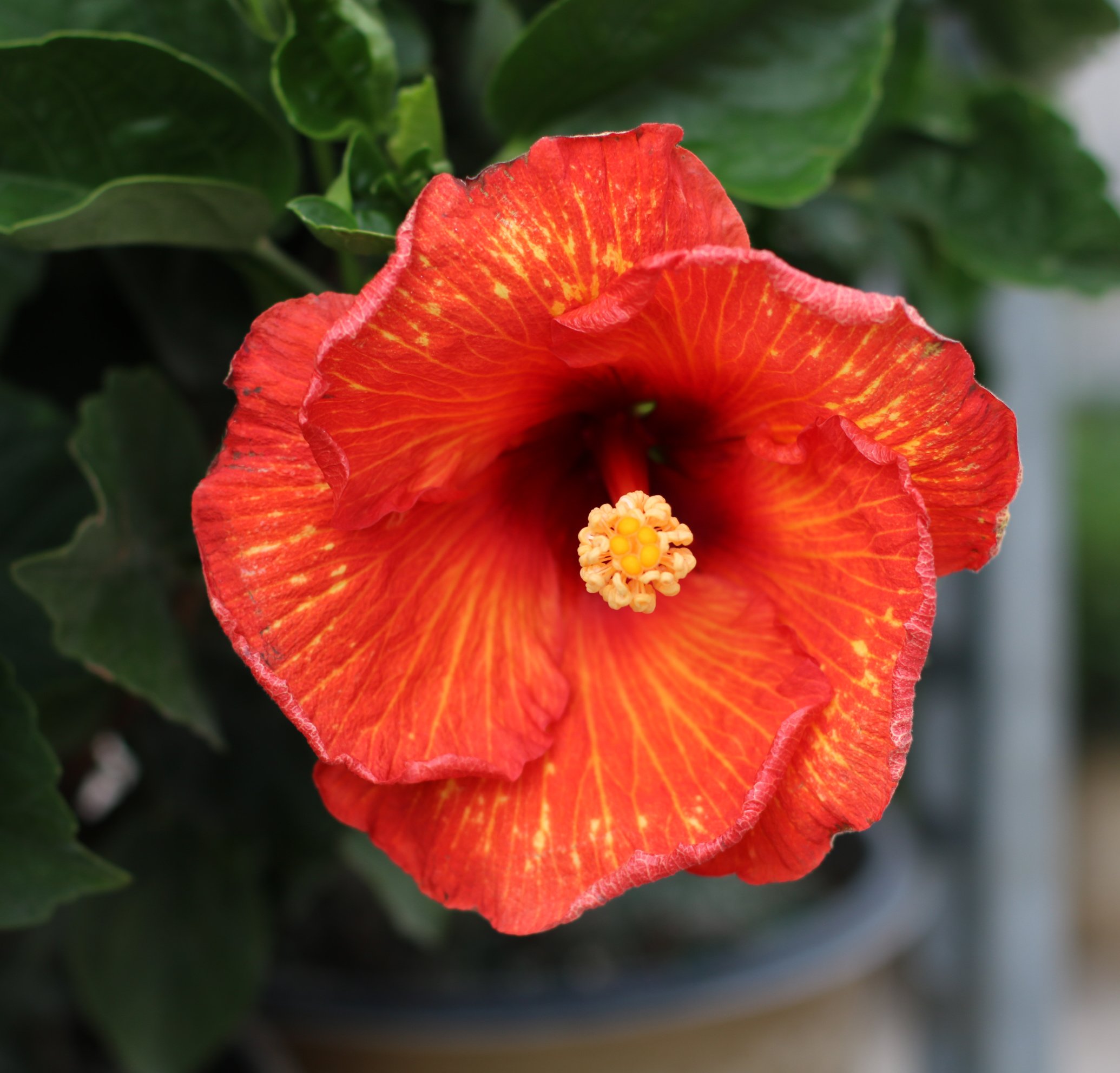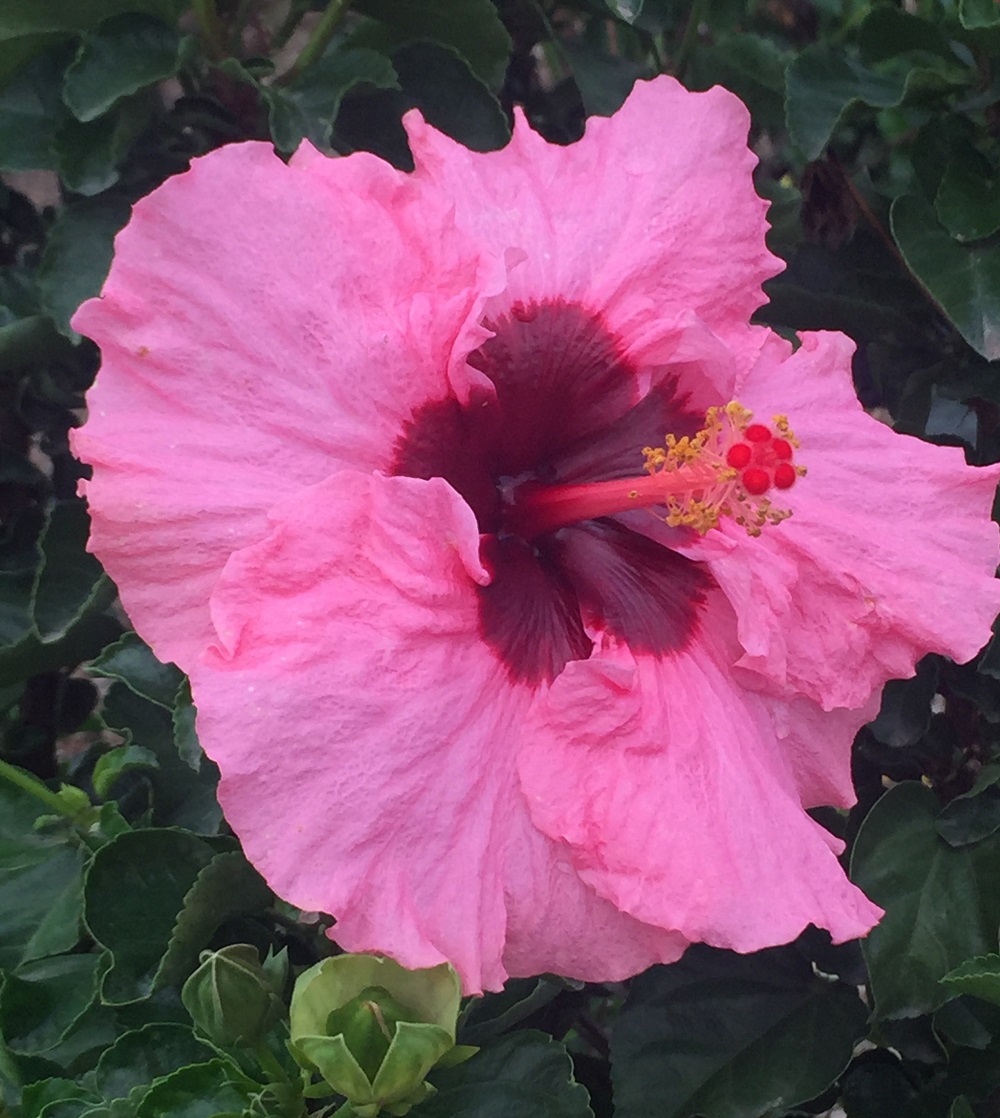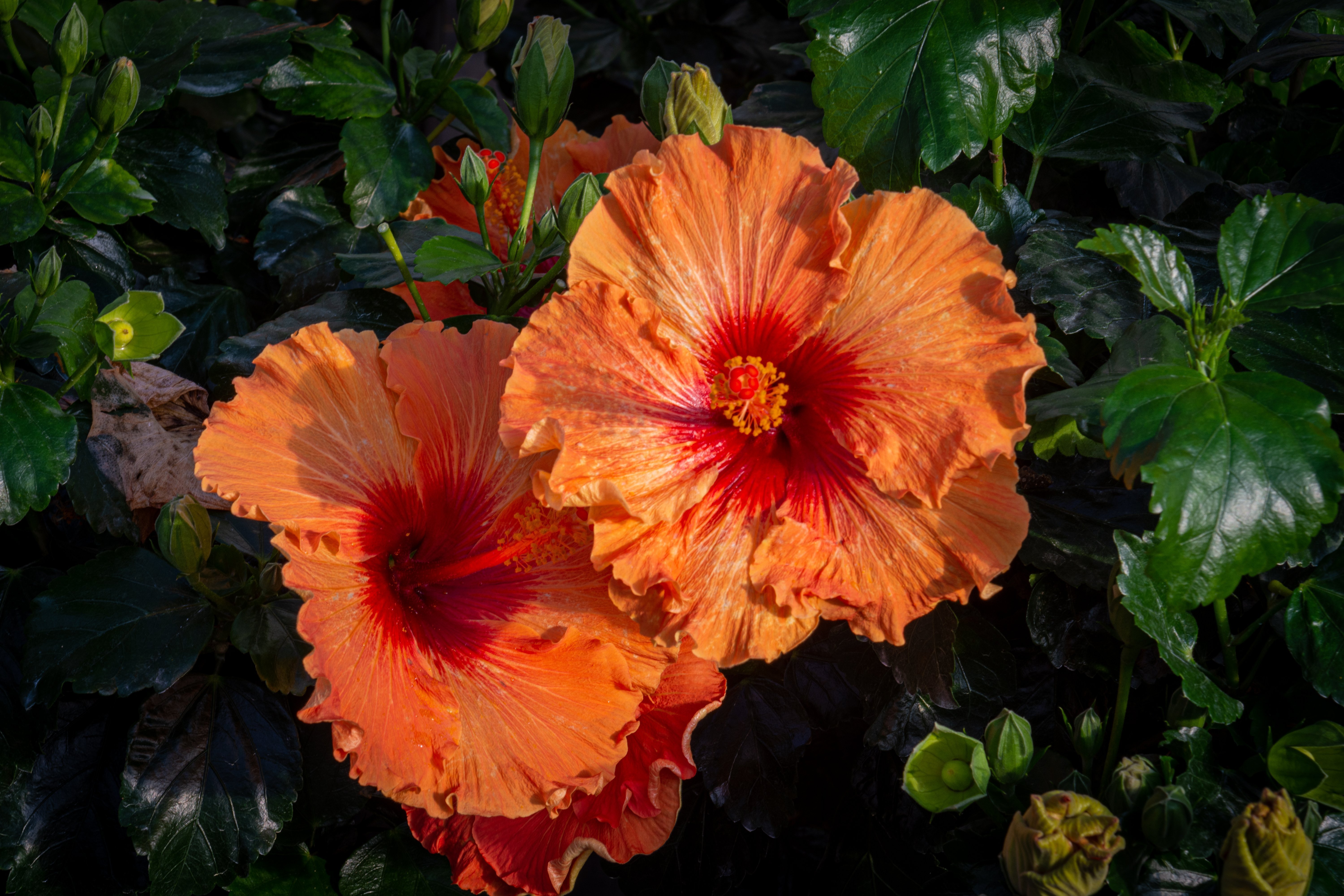By using our website, you agree to the use of cookies as described in our Cookie Policy
10 Things You Need to Know about Crape Myrtles
Since its importation from England in the mid-1700s, the Crape Myrtle has been treasured by American gardeners for its vibrant blossoms.
This beautiful tree makes for a fantastic centerpiece, dazzling with its sculptural branches and colorful blooms. Plus, it's easy to grow, too!
Want to learn more? Keep reading to learn 10 fascinating facts about Crape Myrtles.
1. They Can Get Taller Than You Think
Leave plenty of space in your yard when you plant a Crape Myrtle. While they are commonly classified as shrubs or low-growing trees, some varieties actually top out at 25-30 feet in height. However, with a wide variety of cultivars available, you’ll also find plenty of smaller specimens, with sizes ranging from 2-5-foot-tall dwarf plants or 6-12 foot tall compact trees. Check the plant’s label to pick a Crape Myrtle that fits your space.
2. They Thrive in Harsh Sun
Native to China, this tree can withstand intense heat and equatorial sun. In fact, the Crape Myrtle may refuse to bloom if it doesn't get enough light. Place your Crape Myrtle where it will receive at least 6 hours of sun per day.
3. They Can Handle Poor Soil
Crape Myrtle trees don't mind poor soil, especially if it's slightly on the acidic side. In fact, offering your tree soil that is too rich will result in an abundance of foliage, rather than eye-popping blooms.
4. You'll Need to Water Newly Planted Trees Frequently
Crape Myrtle care is easy, especially when compared to other ornamental trees. That said, you'll still need to give yours plenty of water when newly planted. Make sure it receives about an inch of water per week. Established trees are very drought tolerant.
5. The Climate Counts
These trees can thrive in USDA Zones 6-10, though plants will likely die back during winter in zone 6, with new growth reappearing in spring. In cold climates, consider planting smaller Crape Myrtles in containers, which can be moved into a protected space in winter.
6. They Appreciate Fertilizer
Soil tests are always recommended before planting trees to understand what nutrients might be lacking in your garden soil. However, Crape Myrtles are heavy feeders. To ensure beautiful blooms, fertilize newly planted trees once per month the first year. Give established Crape Myrtles a slow-release fertilizer in spring when new growth appears. Then, lightly fertilize the plant two times per month through spring and summer. Make sure you’re using a fertilizer with higher phosphorous than nitrogen to encourage blooms, not just foliage.
7. Don't be a Crape Murderer!
Unlike the badly, brutally-chopped Crape Myrtles you may see, pruning is completely unnecessary. While misguided gardeners think severe pruning makes the tree bloom better, it can actually harm the strength of the branches, making heavy flower clusters droop on weak stems. Instead, reserve pruning only to shape the plant into a single-trunk tree form, to remove dead branches, or to shape overgrown branches. Make sure to prune in winter, when the plant is dormant.
8. Watch Out for Powdery Mildew
While these trees are highly resistant to insects and common backyard pests, they can fall victim to powdery mildew. Try to keep your Crape Myrtle's branches and blossoms dry, avoid overhead watering, and leave plenty of room around them for good air circulation.
9. There Are Many Types of Crape Myrtles
Straight species of Lagerstroemia indica are extremely uncommon. So, even if your tree's tag says Crape Myrtle, you'll still be buying a hybrid variety. Make your purchase with an expert and experienced retailer for the best plant possible, and a chance to choose from a wide variety of forms, sizes, and colors.For unique, nearly-black foliage, beautiful blooms in a wide range of colors, and a compact size, choose Black Diamond® Crape Myrtles. For gorgeous green foliage, vibrant flowers, and larger specimens,Emerald Empire® Crape Myrtles make a perfect addition to your landscape.
10. It's Not a Crepe Myrtle
Despite this tree's beautiful and papery blooms, its name is crape, not crepe. Though, you might see it written otherwise, especially in the American south. Plus it's not a myrtle at all! In fact, despite their similar appearances, these two kinds of trees aren't related at all.
Growing Beautiful Crape Myrtles
Growing stunning Crape Myrtles loaded with flowers starts with purchasing high-quality plants. For challenging growing conditions, you may also require help from a professional gardener or arborist.
Contact J. Berry Nursery or email our team at info@jberrynursery.com for assistance.
‹ Back
Past Performances
These previously shown stars are no longer being grown at our facility

